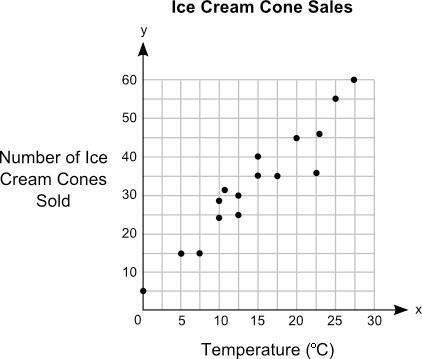
Mathematics, 12.03.2020 18:38 tianna08
A gambler has a coin which is either fair (equal probability heads or tails) or is biased with a probability of heads equal to 0.3. Without knowing which coin he is using, you ask him to flip the coin 10 times. If the number of heads is at least 4, you conclude that the coin is fair. If the number of heads is less than 4, you conclude that the coin is biased. (a) What is the probability you reach an incorrect conclusion if the coin is fair? Solution (b) What is the probability that you reach an incorrect conclusion if the coin is biased?

Answers: 1
Another question on Mathematics

Mathematics, 21.06.2019 13:50
From the figure and statement provided, select the proper to prove statement. through a point outside a line one line can be drawn parallel to the line. mn= ab ab + bc= ac mis parallel to ! ab=bc als parallel to b
Answers: 1

Mathematics, 21.06.2019 18:00
Calculate the density of benzene if 300ml of it weighs 263g. a. 0.88 g/ml b. 1.14 g/ml c. 78,900 g/ml d. 37 g/ml
Answers: 2

Mathematics, 21.06.2019 20:30
List x1, x2, x3, x4 where xi is the left endpoint of the four equal intervals used to estimate the area under the curve of f(x) between x = 4 and x = 6. a 4, 4.5, 5, 5.5 b 4.5, 5, 5.5, 6 c 4.25, 4.75, 5.25, 5.75 d 4, 4.2, 5.4, 6
Answers: 1

Mathematics, 21.06.2019 23:30
Which graph represents the same relation is the sa which graph represents the same relation as the set {(-3-2)}
Answers: 3
You know the right answer?
A gambler has a coin which is either fair (equal probability heads or tails) or is biased with a pro...
Questions





Mathematics, 27.06.2020 19:01





Mathematics, 27.06.2020 19:01



Advanced Placement (AP), 27.06.2020 19:01

Computers and Technology, 27.06.2020 19:01




Computers and Technology, 27.06.2020 19:01





